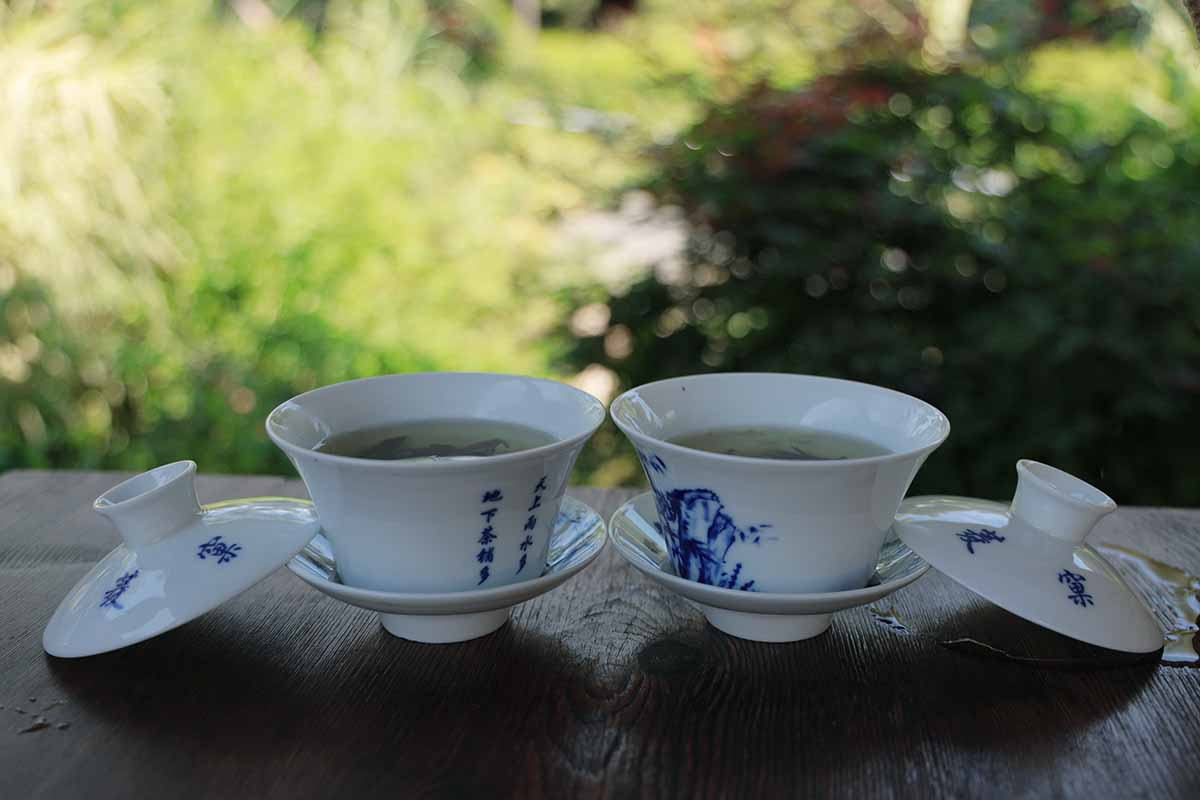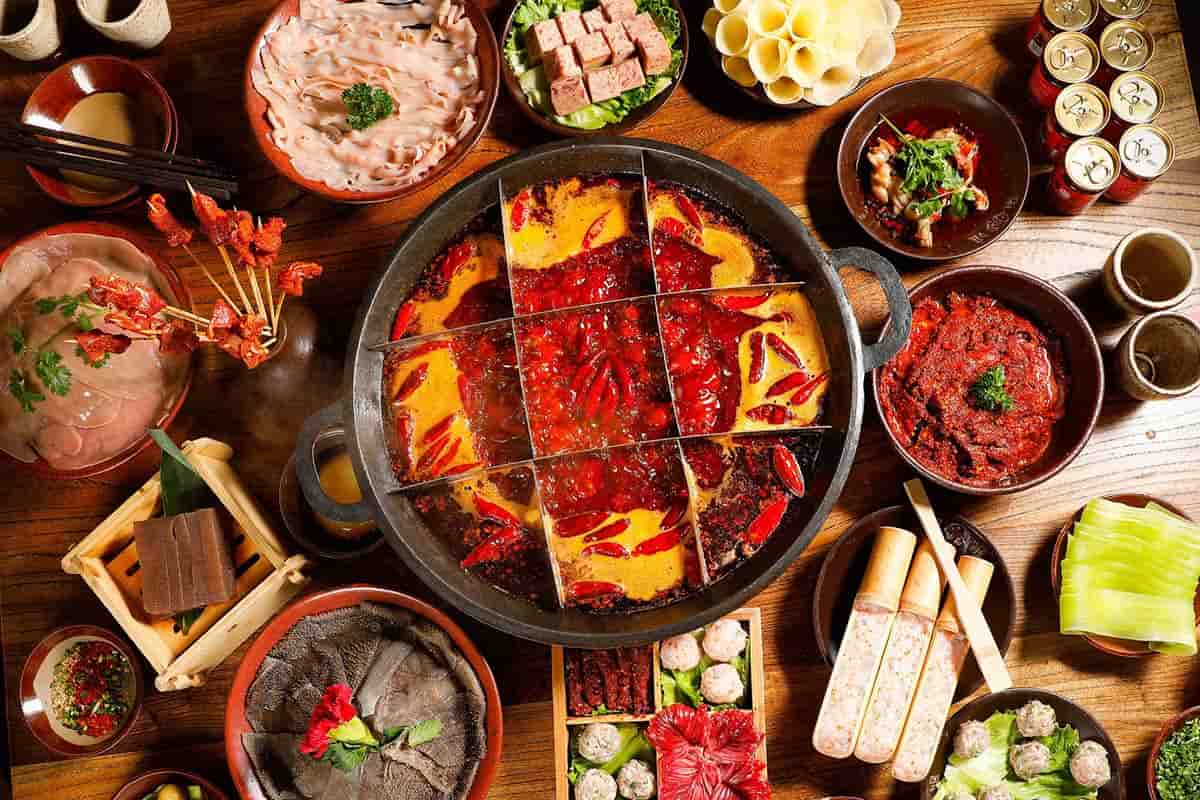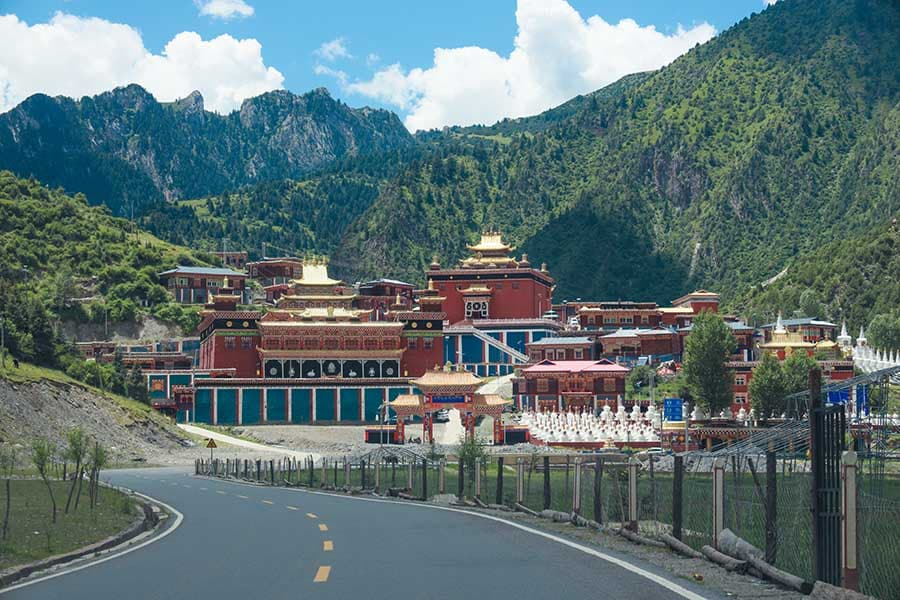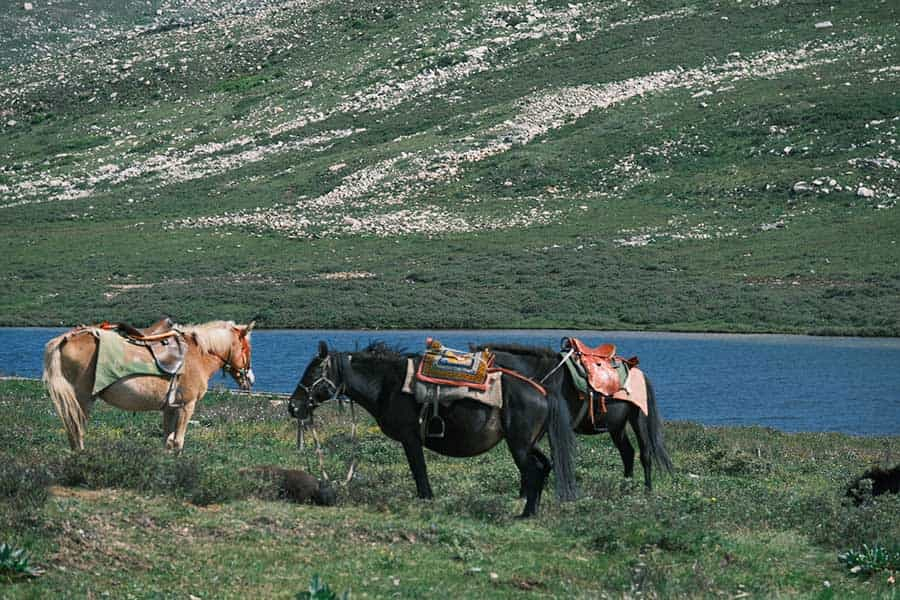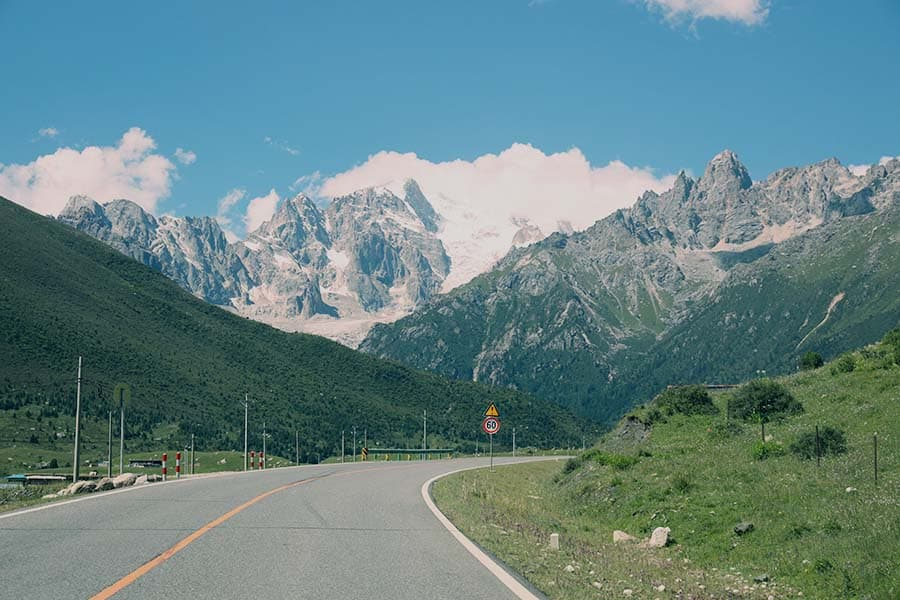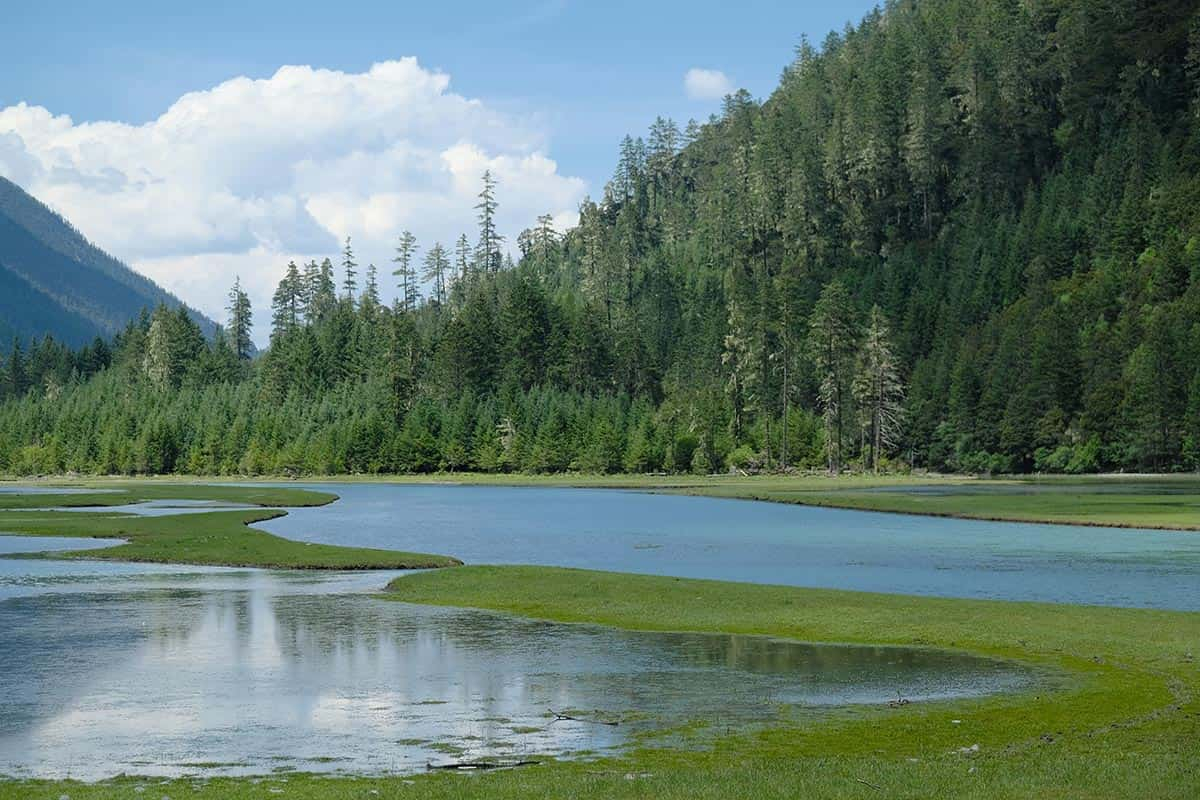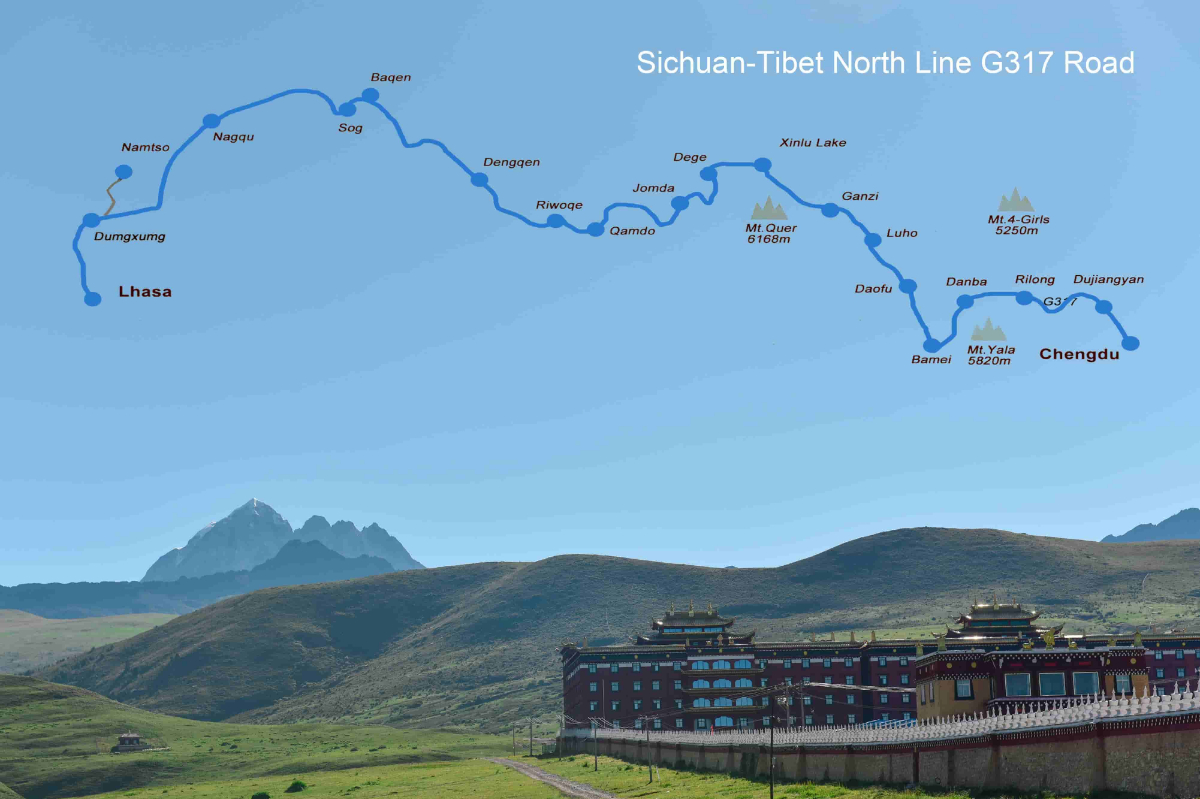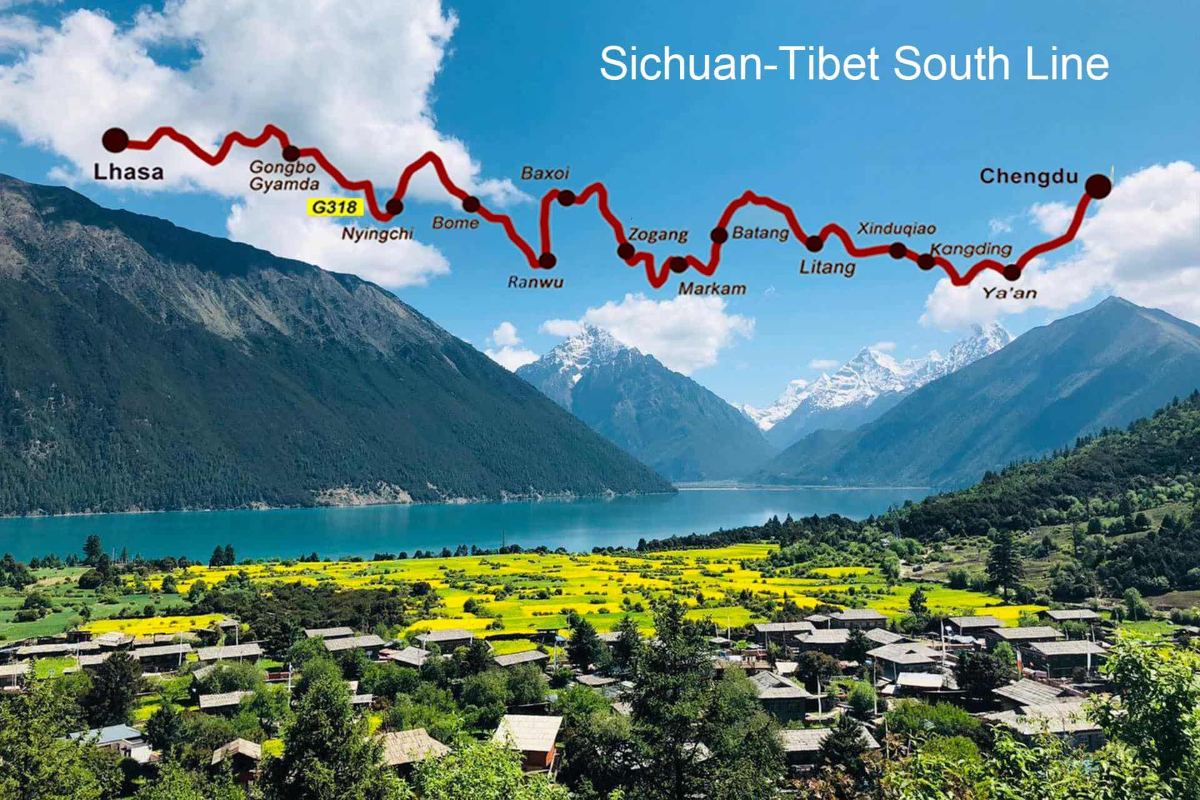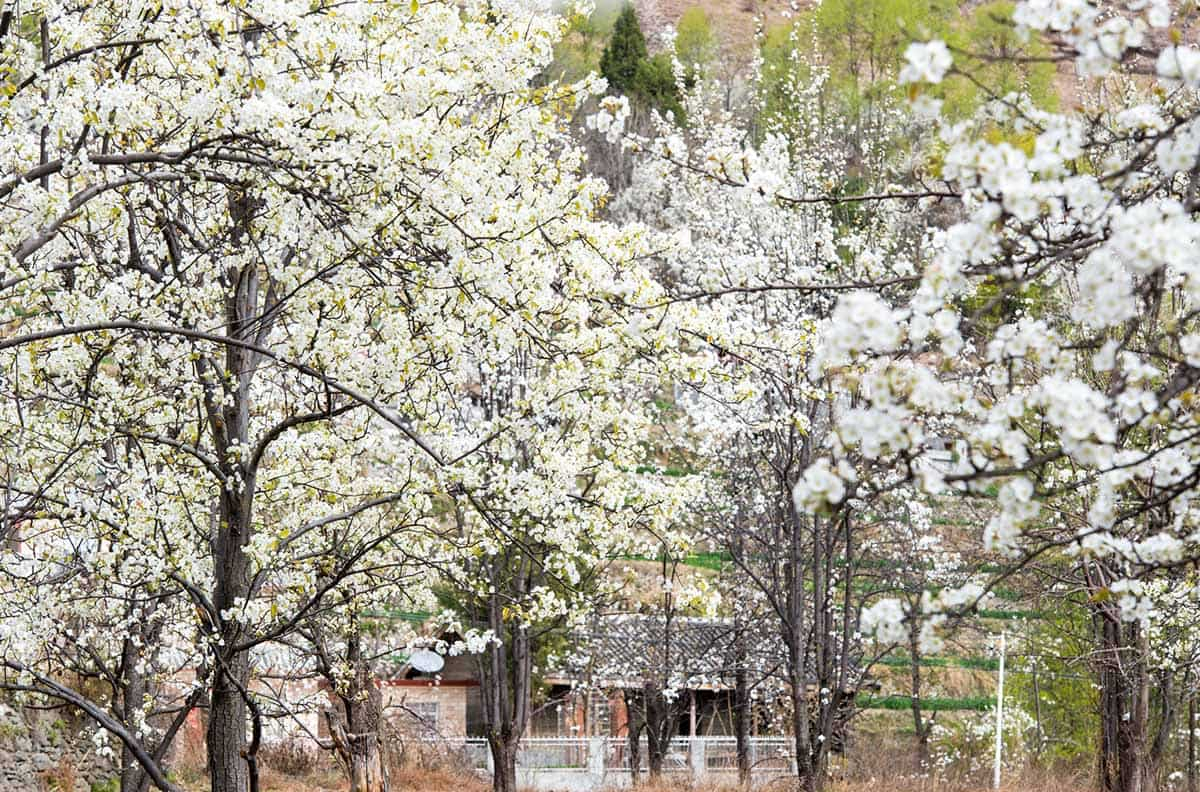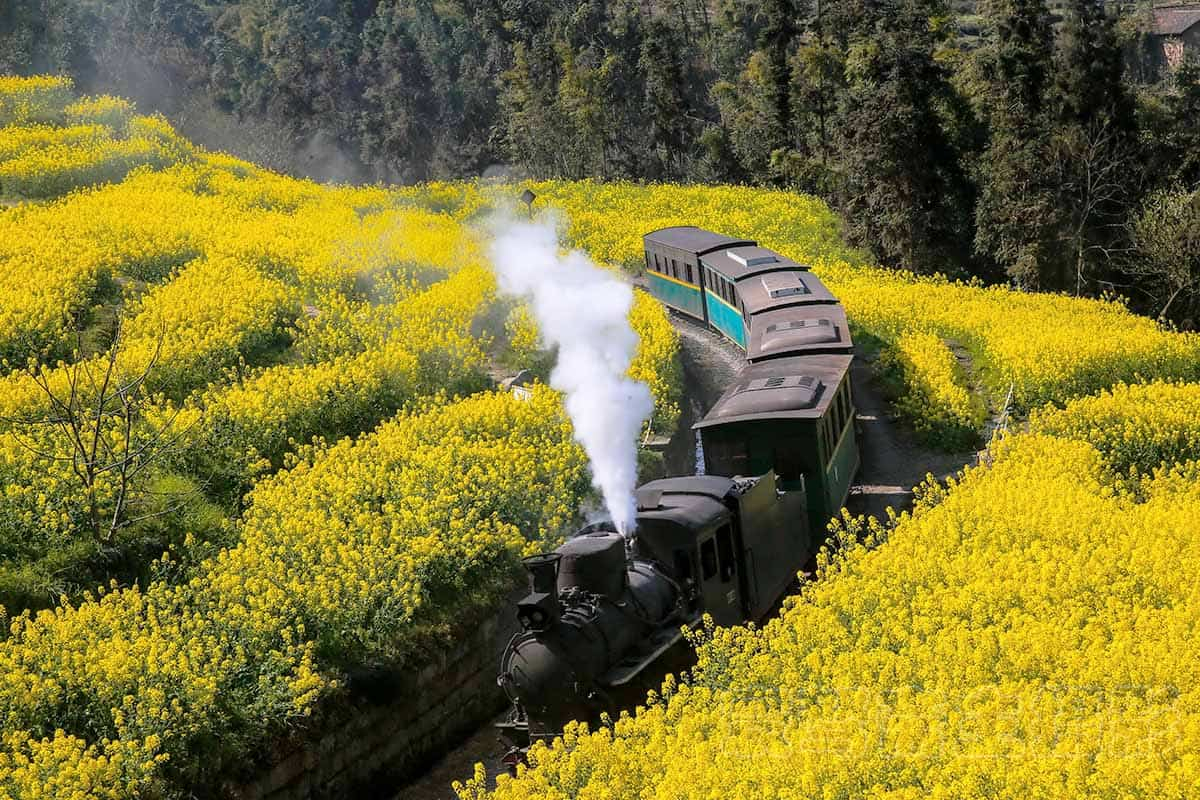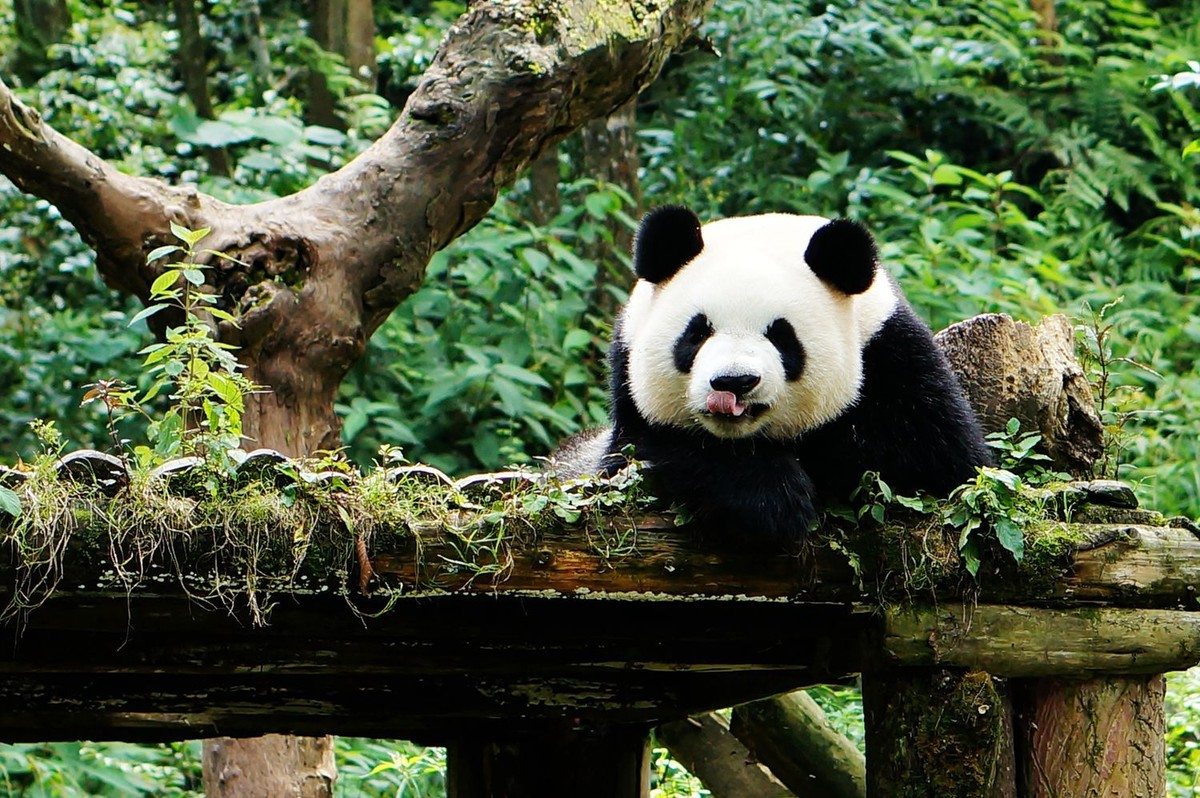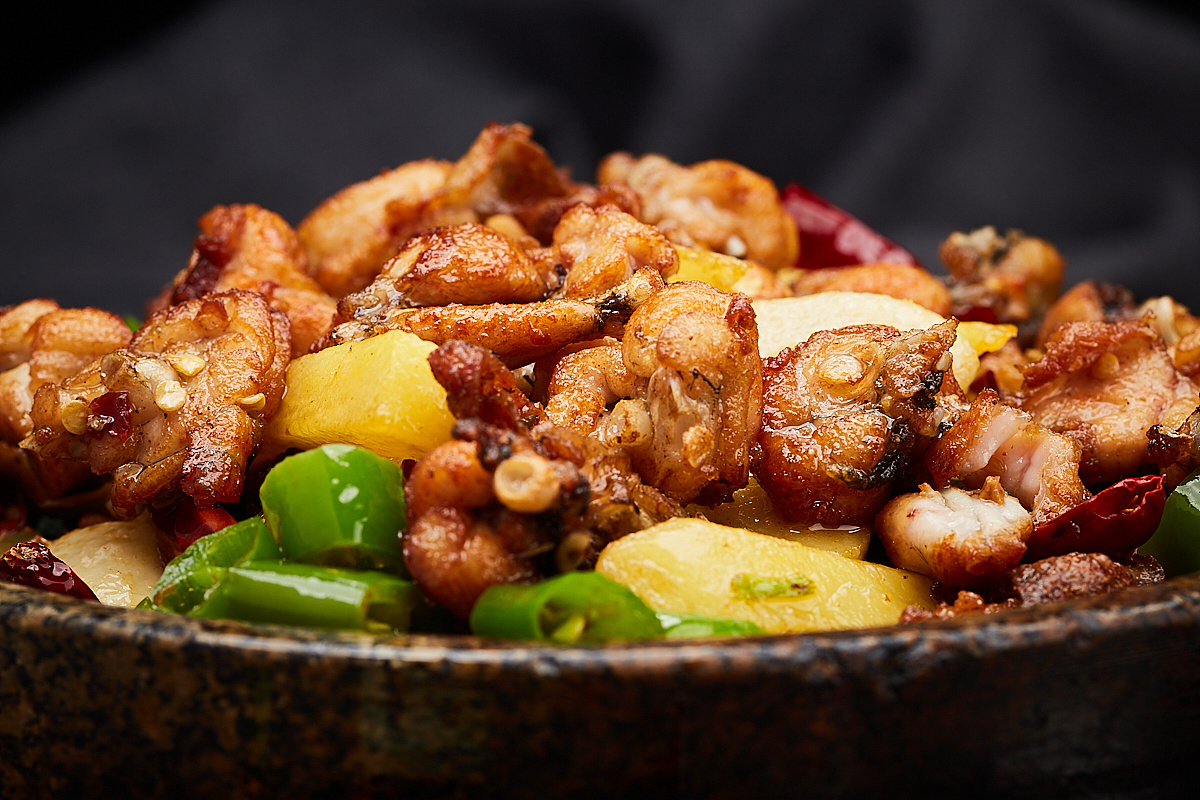Nanchong Travel Guide
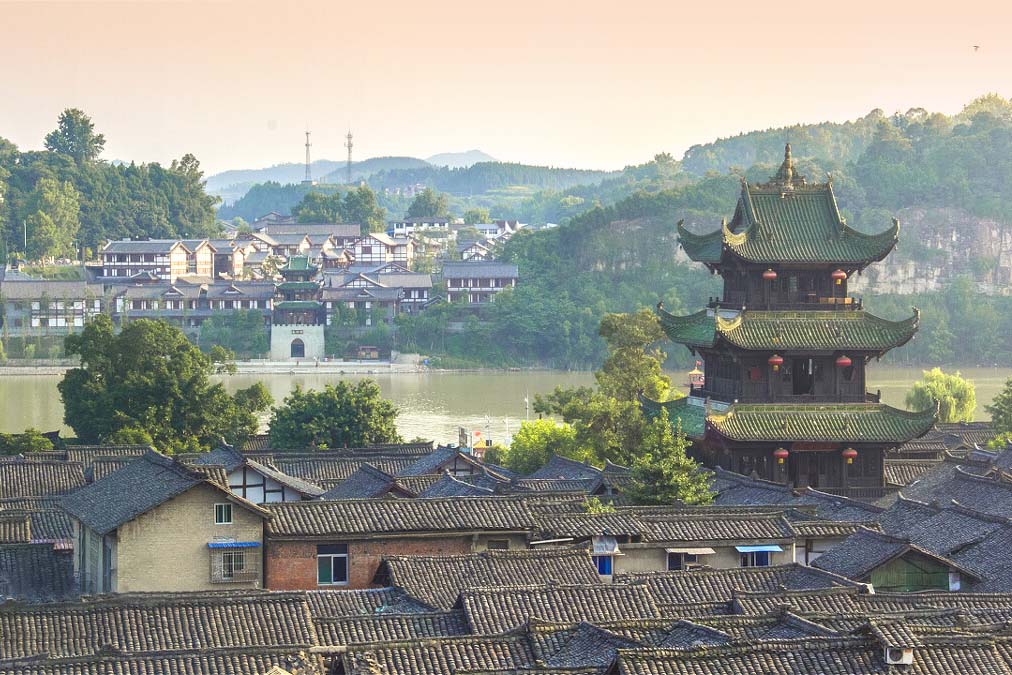
Nanchong is also named Fruit City or Silk City. It is one major city in northeast of Sichuan Province. It is about 300km east of provincial capital Chengdu. It sits by the side of Jialing River. Its administrative governance is divided in 3 districts (Shunqing, Gaoping, Jialin), 5 counties (Yingshan, Xichong, Nanbu, Peng’an) and one city (Lanzhong). Over 5.6 million people live and prosper in its 12500 km2 area. Its history dates back to 2nd century BC in Han Dynasty. This is a city famous for its silk production and fruit produce. It is also the birthplace of Chunjie, spring festival, one of the most important festivals of China. Nanchong is an important base for commodity grain and agriculture produce.
● Top things to do in Nanchong
To experience the rich silk culture
Nanchong boasts a rich history of silk production. Archeological study shows that as early as Qin and Han Dynasty (around 2nd century BC), silk production had been the supporting industry in Nanchong and surrounding townships. The wet and mild climate in Nanchong provided a perfect condition for the growth of mulberry trees. That in turn promoted the farming of silkworms from which people harvest silk. Tang and Song Dynasty witnessed the height of silk making in Nanchong before it declined during the turbulent days when Mongols invaded from north of China. The silk making recovered during Ming and Qing Dynasty and Nanchong silk regained its reputation as one of the finest silk in China. For a long time, silk from Nanchong was the choice of the royal court. Silk productions were also exported to Japan as historian found out. To strengthen the image of its silk industry, a statue of Goddess of Silk was established in Nanchong City.
Explore the origin of Spring Festival and story of Luo Xiahong
Spring Festival, or Chinese New Year, is the most widely celebrated festival in China, and probably the most important to Chinese. Luo Xia Hong, an astronomer from Lanzhong, Nanchong, who lived in West Han Dynasty, revised the existing calendar and divided one year into 24 solar terms, as guidance to agriculture practices. For over 2000 years, farming population followed this revised calendar and conducted farming activities in accordance with these 24 solar terms. Chunjie, or spring festival, was among the 24 terms. Over time it evolved into a festival that are celebrated by majority of Chinese and became probably the most iconic cultural event of China. Its influence went beyond borders. It is widely celebrated in Vietnam, Korean Peninsula and Japan. It is the most well known Chinese festival to westerners as its celebrations had become common practice among overseas Chinese. Lion dance, fire crackers and writing couplets, events like these happen in China Towns across the globe. Memorial museum was set up in Nanchong paying tribute to this astronomic pioneer. International Astronomical Union (IAU) named an asteroid (coded 16757) Luoxiahong.
Langzhong Ancient Town
One place visitors can not miss is the old town of Langzhong. It is hailed as one of the four major old towns in China, together with Huizhou in Anhui Province, Lijiang in Yunnan and Pingyao in Shanxi. Langzhong was home to resident from Ba kingdom, an ancient and mystic kingdom documented in ancient Chinese transcriptions. Despite Langzhong’s increasing popularity among tourists, it is still largely home to locals who go about their daily life and business. Visitors could walk around the meandering lanes and explore restored courtyard styled architectures. One unique feature of Langzhong is that its layout was arranged in accordance with feng shui principles. There is even a Feng Shui Museum in town demonstrating to visitors how feng shui inspire the design of its layout.
Jialing River
Across the Jialing River, on the south of Langzhong old town was the Baita Hill. It is named after a white pagoda (bai ta) built in Ming dynasty. The pagoda sits at the top of the hill. The pagoda collapsed during the 2008 earthquake and was restored in 2009. Visitors are allowed to climb up this 30 meter pagoda. The top of this pagoda is an ideal vantage point to bird view the whole city of Langzhong, including its old town area.
● Nanchong Food&Drinks
Nanchong is famous for its vinegar brewing industry. Baonin vinegar from Langzhong city is one of the most famous vinegar brands in China. Baoning vinegar had its origin back in 1618. It is widely used in Sichuan cooking giving the dishes a refreshing taste.
Bai tang zheng mo (steamed bun with white sugar) was the invention of local muslin in Langzhong in late 19th century. This halal snack became popular in Langzhong as it is easy to preserve and taste unique compared to normal buns and breads.
Zhang Fei Beef. This is another iconic local snack in Langzhong, Nanchong city. This type of food first appeared in late Qing Dynasty. The beef was stewed and cut into slices. It has dark skin and the meat inside present a bright red color. That reminded many Chinese the face of a fearsome general in Three Kingdom Period, Zhang Fei, hence the name Zhang Fei Beef.
● Nanchang Transportation
Nanchong is an important logistic hub in northeast Sichuan Province. Nanchong Gaoping Airport (NAO) is a domestic airport, operates flight routes by China Eastern, China Southern and some regional airliners. It connects Nanchong with 12 cities in China.
Nanchong is one major stop on Chengdu-Dazhou and Lanzhou-Chongqing high speed railway networks. It takes less then 2 hours by train from Nanchong to provincial capital Chengdu.
● Nanchang Weather
Like many cities in Sichuan, Nanchong has a mild, sub-tropical climate. It site by the side of Jialing River. Unlike the cities by the side of Yangtze River in south of Sichuan, Nanchong is a relatively cooler place with longer raining season and more frequent thunderstorms. Average temperature of Nanchong region is around 17 degree. It goes above 30 degree in summer time and drops to 5 degree in winter time.
- HOTEST
- RECOMMEND
